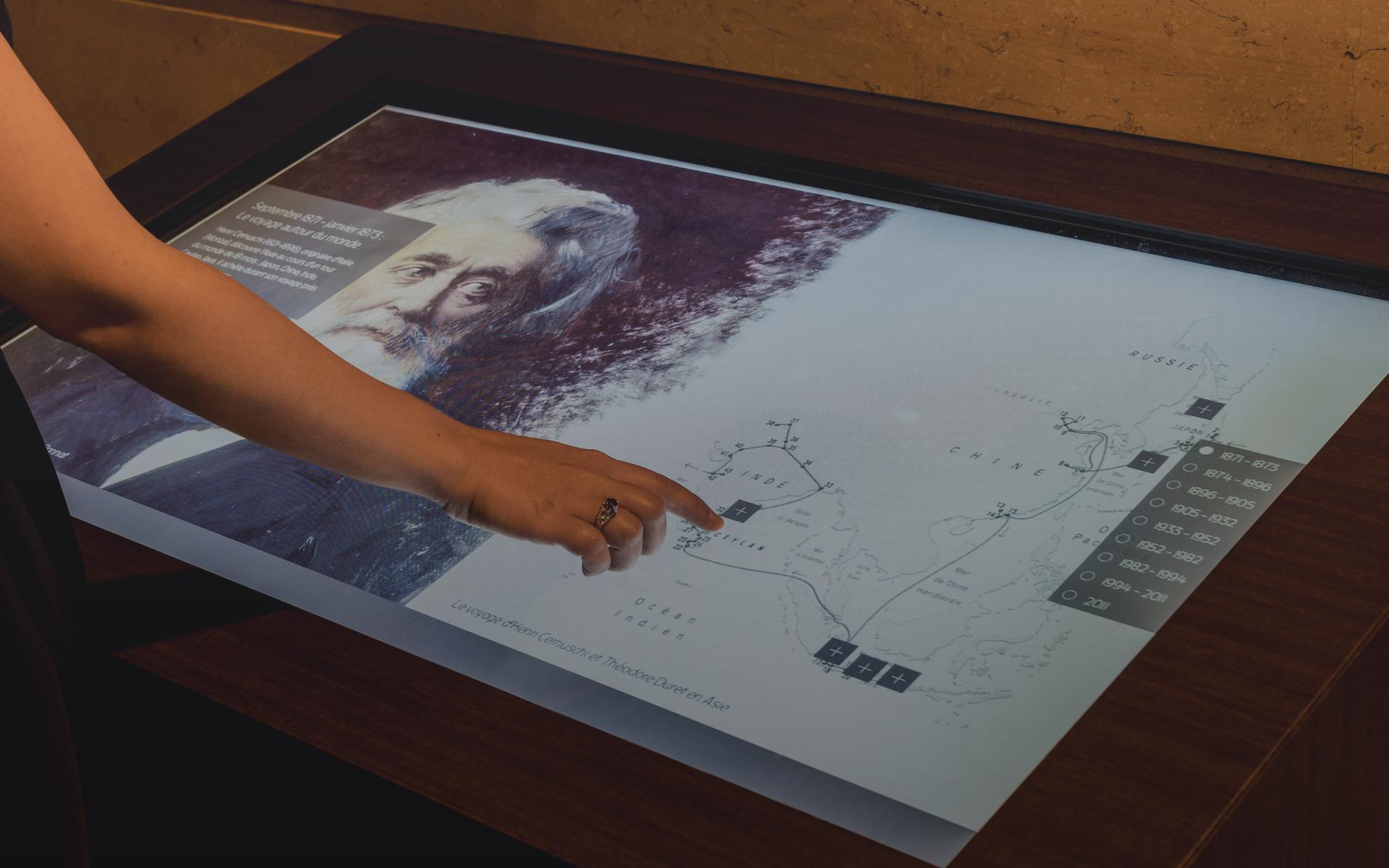Projects in search of patrons
The Cernuschi museum is starting on a renewal phase, thanks to its 120 years of public opening celebrated in 2018. On this occasion, the museum is carrying two major projects of international exhibitions, then a complete overhaul of collections. These projects are looking for sponsors.
Ambitious projects requiring sponsors
Corporate sponsorship is essential to the organisation of exhibitions and to the success of a project, providing financial support for the following:
- exhibition design
- development of new mediation tools
- developing accessibility to the museum for visitors with disabilities or limited mobility
- restoration of works
- production of the exhibition catalogue or a book about the collections, etc.
2018: International exhibitions
In 2018, the Cernuschi Museum will celebrate the 120th anniversary of its opening. To mark the occasion, it is organising two major international exhibition projects.
Parfum de Chine. La culture de l’encens dans la Chine au temps des empereurs (Perfume of China: The Culture of Incense at the Time of the Emperors)
9 March – 26 August 2018
This exhibition on an unusual theme will take visitors on a journey through Chinese civilisation from the 3rd century BCE up until the 19th century. Perfume has been imbued with a powerful symbolism over time, and so reflects numerous aspects of Chinese culture. From its use in liturgical practices to its association with the lifestyle of lettered men and women, incense has inspired numerous artistic works in a wide variety of media. Magnificent artefacts such as fragrance burners and incense tables illustrate the history of perfume in China through the ages. The many objets d’art on display provide a vast and impressive overview of the skills of craftsmen in China, and the techniques of bronze casters, lacquer artists and bamboo sculptors. Paintings by well-known artists such as Chen Hongshou and Qiu Ying depict elegant ladies, hermits and scholars in their use of incense, be it for their ablutions, for meditation or for ritualistic purposes.
The majority of the works revolve around exceptional loans from the Shanghai Museum, and are shown here in Europe for the first time.
Trésors de Kyōto, Trois siècles de création Rinpa (Treasures of Kyoto: Three Centuries of Rinpa)
26 October 2018 - 27 January 2019
The Rinpa school was born in 1615, when the shogun Tokugawa Ieyasu granted Hon’ami Kōetsu, the famous calligrapher, potter and lacquer artist, permission to set up a studio with a small community of craftsmen in Takagamine, a village north of Kyoto.
Over a period of 300 years, the movement was represented by innovative artists such as Sōtatsu, Kōrin and Kamisaka Sekka, who produced textiles, lacquer work and ceramics as well as paintings, always seeking to bring beauty into everyday life.
These artists were from different periods and had neither family connections nor master–pupil relationships; but they shared a spiritual and aesthetic bond, notably through their appreciation of classical beauty in the Heian period (794-1185). They drew inspiration from the work of their predecessors, using traditional techniques and themes in such a personal manner that the Rinpa aesthetic evolved and endured until the 20th century.

2019: A major renovation
In 2019, the Cernuschi Museum will carry out a thorough renovation of the permanent collection spaces.
The exhibition rooms that currently house the permanent collections focus on ancient China. They do not present the modern and contemporary periods of Chinese art and therefore only reflect part of the museum’s rich collections, those of Vietnam, Japan and Korea also being absent.
The new exhibition space will aim to offer visitors a display that embraces Far Eastern Asia and that reflects today’s swiftly evolving view of the Asian arts.
The layout of the museum spaces will consist firstly in redesigning certain chronological sequences in order to integrate objects from more recent periods of Chinese art, while showcasing a necessarily small number of Japanese, Korean and Vietnamese objects that all have a strong symbolic value.
Complementing these architectural and exhibition design rearrangements, the project also aims to develop digital ‘mediation’ for visitors, enhancing their encounter with the works.
Corporate sponsors may support this renovation project in the form of gifts of money, expertise, technology or in kind.